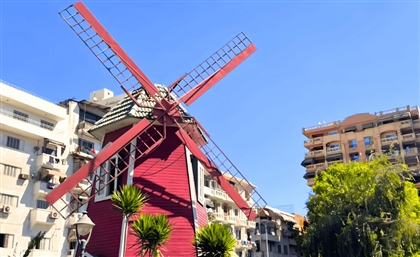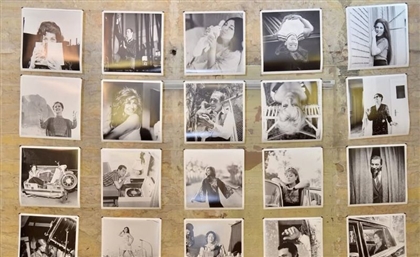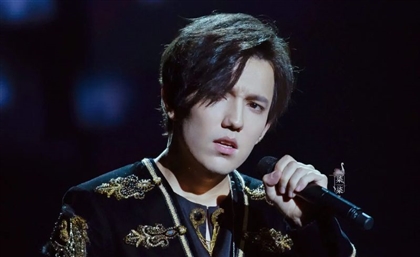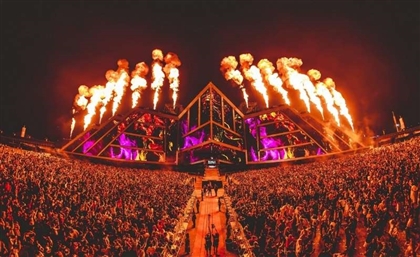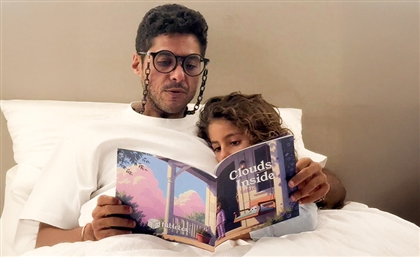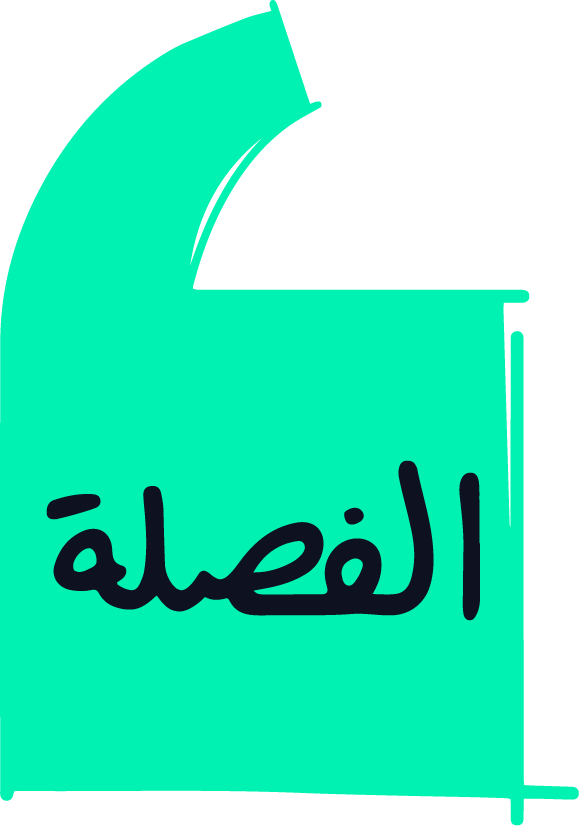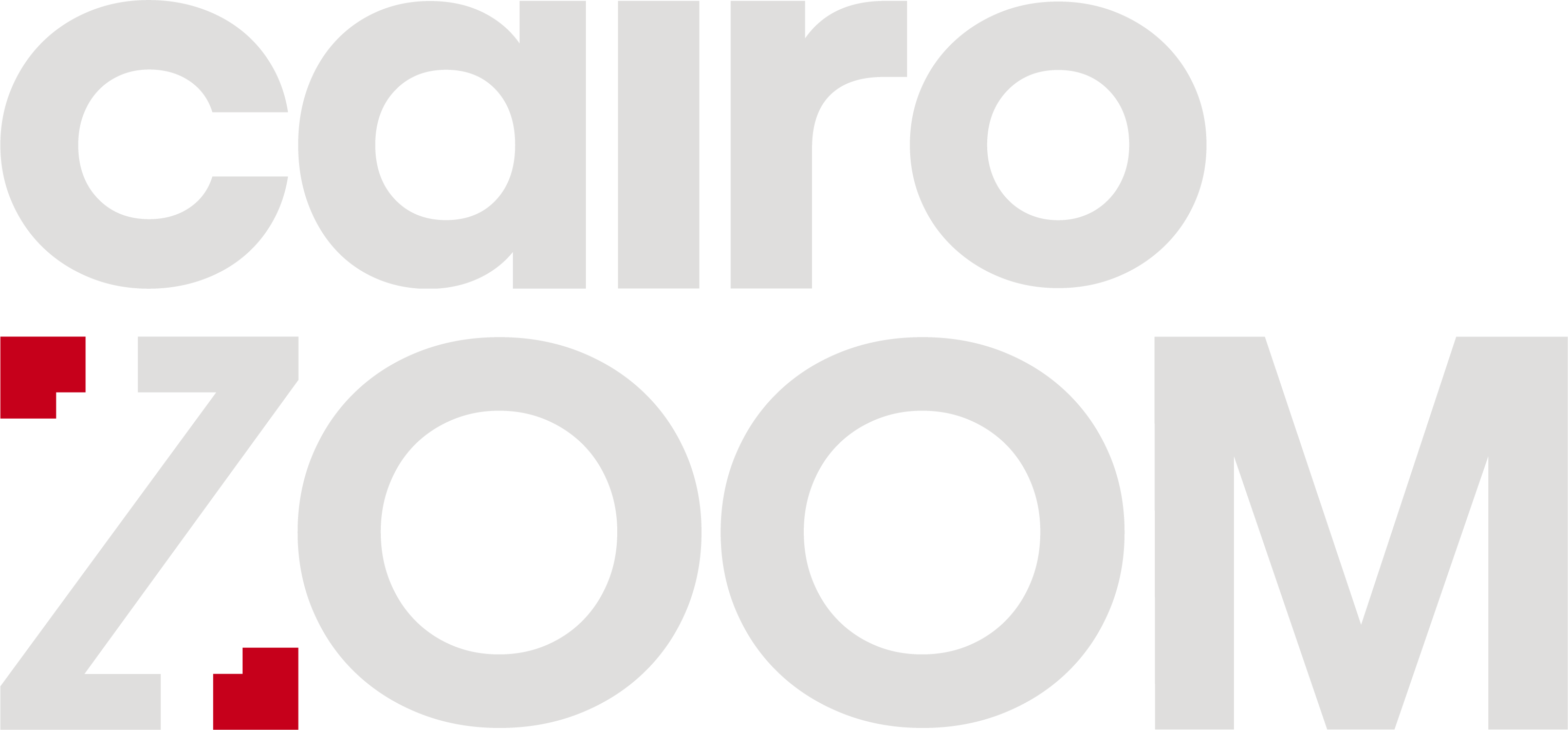Fares Zaitoon Captures What Relapse Feels Like in ‘I Have Been There’
The documentary photographer invites viewers into a quiet and visceral exploration of addiction and relapse in Egypt.
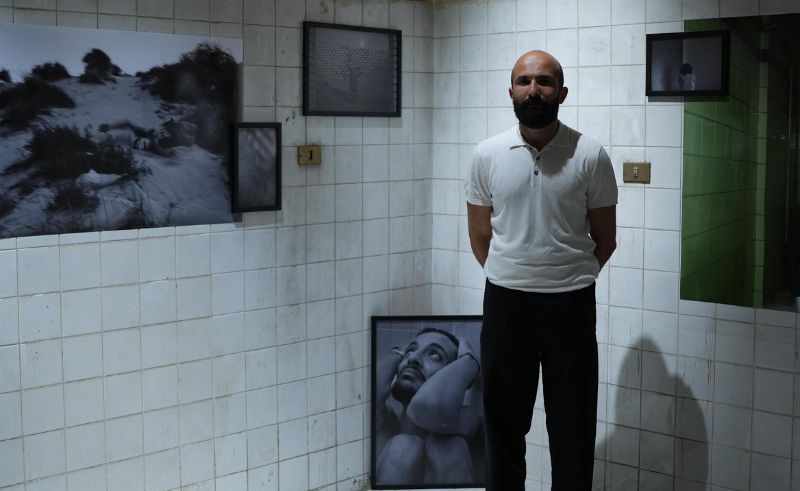
A room covered with white ceramic tiles. Out-of-focus images. Sweat. Isolation. And a nude self-portrait in agony. These are some of the frames of Egyptian conceptual documentary photographer Zaitoon’s latest exhibition, ‘I Have Been There’.
Part of the Sard exhibition, where Zaitoon also serves as curator and guest of honour, the show represents an eight-year-long attempt to reframe addiction and relapse. Yet, it’s a narrative that decenters the addict and the substance. It centres emotion.
Tucked into an almost suffocating corner of Beit Bab El Louq, ‘I Have Been There’ presents a raw, intimate collection of images. Some are staged. Others are not. They depict people the artist has lived with, used drugs with, relapsed with, and recovered with.
As a recovering addict for over ten years, Zaitoon’s sobriety is inextricable from his path as a photographer. “When I carried a camera for the first time, looked at the world through the viewfinder, I felt the voices in my head quiet down,” he shares.
The act of building a frame gave him agency, and over time, that act became a form of self-reclamation.
It started inward. He photographed himself, his home, and his dynamic with his father. Slowly, he began extending that same visual space to others. Collaborating with recovering addicts, he co-created photographic series that offered them authorship over their own image, a radical proposition in a context where addicts are often stripped of the right to express who they are.
In ‘I Have Been There’, Zaitoon invites the viewer into a quiet, visceral exploration of recovery as a process unfolding in sweat, silence, and, sometimes, stillness.
“When I photograph addicts, the aesthetic is secondary. I don’t care if the image is out of focus. What comes before that is the emotion, and also my ability to even showcase that image publicly.”
The tension between visibility and anonymity has become a core part of Zaitoon’s visual language. In a society where addiction carries immense stigma, hiding the subject’s identity becomes both an ethical safeguard and an artistic choice. One that conveys the weight, chaos, and fragility of relapse as something that transcends personhood.
The exhibition, a collection of different photographic projects, functions almost like an accidental retrospective. It tracks Zaitoon’s evolving relationship with recovery, offering a window into emotions he insists are not exclusive to addicts.
“If we remove the curatorial text next to the images, those emotions would still resonate. Fear, low self-esteem, anyone can relate to that. This universality is very important to me,” he explains.
When asked why he chose that particular room in the villa, one of three exhibitions in the space, Zaitoon reflects on the need for the work to be encountered intentionally. “It’s like the emotions needed to be observed in private,” he says.
The room is hidden. You don’t just stumble into it. You navigate a maze of other images, then find yourself in a cold, tiled space lit with sterile white bulbs. “I picked the room, but I couldn’t objectively curate my own work. That’s where photographer Ebrahim Bahaa-Eldin’s role as co-curator was essential.”
‘I Have Been There’ constructs an image that exists outside the mainstream, one even Zaitoon struggles with, because there’s no reference for it. It’s an image often overlooked or censored, one that, as he puts it, forces him to say, “I’m an ex-addict.”
The exhibition is running at Beit Bab El Louq as part of Cairo Photo Week until May 18th.
- Previous Article A New Heritage-Inspired Boutique Resort Is Coming to Saudi's Yanbu
- Next Article Six Unexpected Natural Wonders to Explore in Egypt
Trending This Week
-
Nov 17, 2025







.jpeg)
